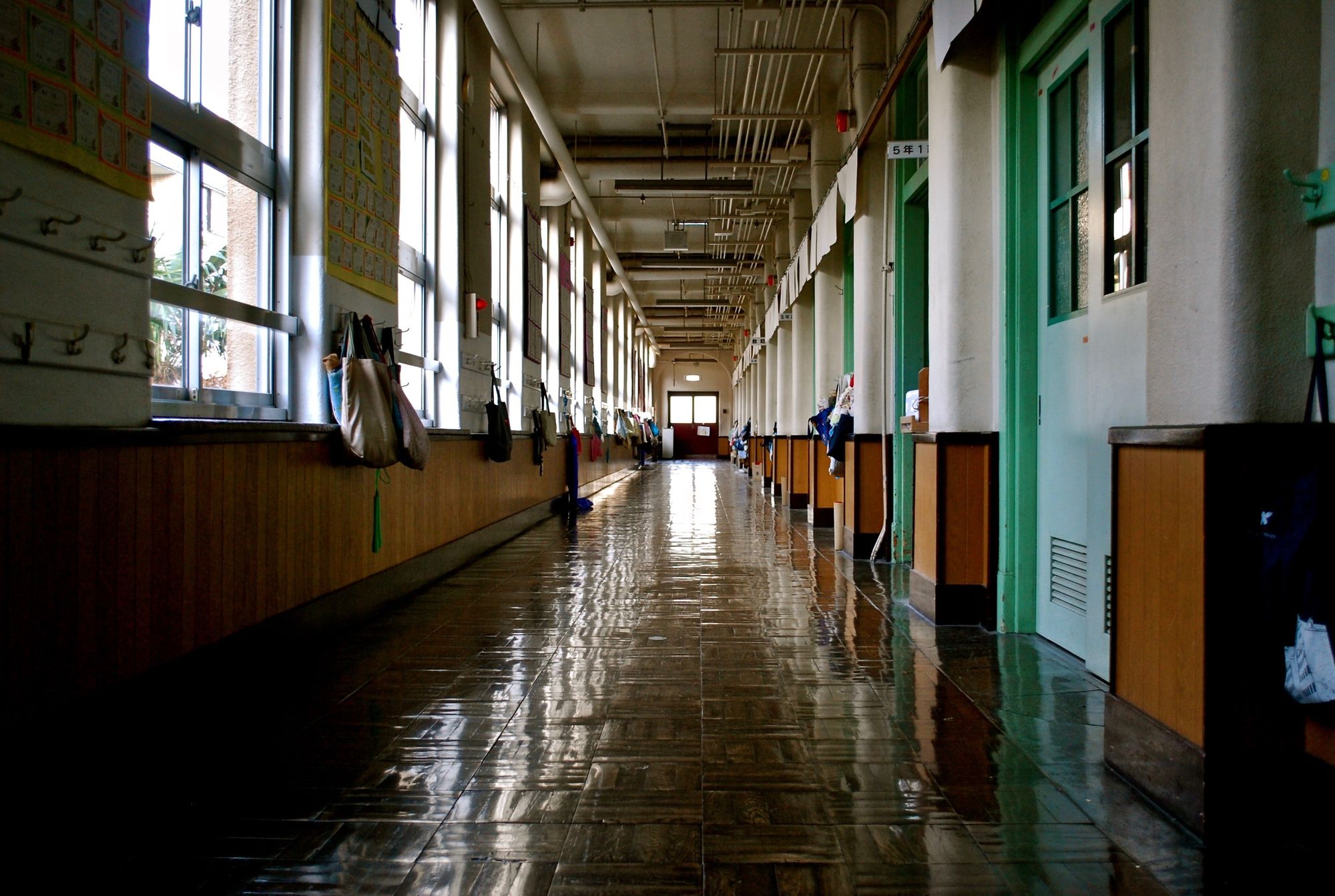Hits and Misses
Last May, two months into the impact of the COVID-19 pandemic on education in the United States, I wrote a piece outlining how the start to the '20-'21 school year would go. Today, I'm going to take a look at a few of my predictions and to the extent possible, assess how they held up.

Last May, two months into the impact of the COVID-19 pandemic on education in the United States, I wrote about how the start to the '20-'21 school year would go. By jumping ahead to imagine different scenarios, I could make sense of what was going on and then better position my time and energy. You can find that essay here:

TL;DR from May 2020: Alice Cooper sums it up rather well. Feel free to sing along.
Today, I'm going to take a look at a few of my predictions and to the extent possible, assess how they held up. Also, I'll spend a few moments offering up where I hope to go from here.
To offer a thorough assessment of the quality of my predictions, I wish I had used a stricter formula that left less wiggle room. For a few of these, I have to squint to see the outlines of my confidence in any particular projection.
1st: What I wrote: This year, though, COVID-19 canceled the end-of-year school rituals. Likewise, the pandemic will consume the back-to-school rituals and with them the very act of going back to school for millions of students.
Rating: Correct. In May, the main discussion was about completing the '19-'20 year and the possibilities of summer school. School and school district reopening plans for Fall 2020 were not yet in outline form. We don't yet have a definitive statement on how many students attended school when the academic year began. The National Center for Education Statistics claims there was an increase in public school enrollment for 2020 compared to 2019, but that is largely based on demographic trends rather than a careful study of pandemic responses. Local event tracking and polling firm Burbio found only 38% of public schools students were in-person by Labor Day. Emily Oster at Brown built a dashboard tracking school enrollments. It's a small sample size made up of self-reporting schools and districts. Even still, just over half of the student population was reported to be in-person during the first weeks of September.
2nd: What I wrote: A looming school funding crisis will complicate [the suggested reopening] interventions.
Rating: Incorrect. Availability of funding has not been a core issue in the K-12 response. In fact, in less than a year, the federal government has directed an additional $100,000,000,000 in education funding to states (compared to $45,000,000,000 in the FY20 Budget of December 2019). Additionally, the economic impact of the pandemic on local education budgets has varied widely by state. Connecticut's rainy day fund grew to new heights (~$3 billion) and the Governor's budget proposes spending increases of 2% for FY22 and 3.5% for FY23. Virginia recently reported an extra $700 million in revenue from last year. True, not every state has faired as well as these two. Also, millions of families are in incredibly tough circumstances. Last spring's fears of absolute economic devastation, though, have not come to pass.
3rd: What I wrote: There is a 55% chance that 100% of students will not attend school in person.
Rating: Incorrect. I'm glad I got this wrong. In May, I didn't think schools and districts would be able to organize themselves to open in the face of multiple waves of infection. Which was correct in a way. They didn't open because they organized themselves to open. Rather, they opened because strong political leaders exerted political authority to mandate and manage a reopening despite a lot of pushback. Another reason I got this wrong: I underestimated the childcare function of schools. I outlined three broad purposes of school: knowledge, social development and accountability, and economic productivity (I fit childcare under economic productivity). I weighted them evenly. Now, I think that's incorrect. Childcare should be #1, academic content #2, and it's not a close 2nd either. I missed altogether the job schools do as a vertically integrated services provider to families (more on that in a future post).
4th: What I wrote: With very little lead time, many educators have created vibrant, immersive learning communities online. And, others (ex, 1, 2, 3, 4) have found their educator hat and worn it with pride (still more are building models for adult learning that could be similarly deployed for the 12–17 year-olds). For students of all ages, we’ve known since Benjamin Bloom’s breakthroughs in the 1980s that individual tutoring produces outsized learning gains. But, it’s expensive. Today, technology is bringing down the costs and soaring unemployment for recent college graduates offers an opportunity to make Bloom’s insights accessible to millions of children.
Rating: I don't know yet. I'm even more of a believer in the potential gains from internet-enabled learning in K-12 today than I was before the pandemic. I'm not so certain about the broader, national response to it. It does seem as if the remote learning horror stories outnumber the reports of success. For every child who is on Zoom for 6 hours-a-day though there are others who have found new, more enjoyable rhythms and habits for engaging in school work. But what to make of the schools that are doing online kindergarten? I'm inclined to think it may be a tactic to ruin online learning experiences for a subset of students so much so that the mention of it alone is repugnant! Same for the schools that are set up where teachers are teaching simultaneously to students in the room and students on Zoom. Nonsense. Technology as a lever for change in K-12 has been a long time coming and has mostly underperformed compared to expectations. Like it did in nearly every other sector, the pandemic compressed years of incremental efforts into weeks and months of breakneck transformation inside our education system. It hasn't all been pretty. Some of it has been u-g-l-y. And there's no going back to the way it was before.
Over the past few months, I've spent a lot of time considering what's likely to stick from all of this. And, recently I have come back to examine the overwhelming mass of the status quo in K-12 and what that means about the force required for change. Did the pandemic produce enough? If so, what then? What's likely to be different? What's likely to stay the same?
I'm working at figuring that out, and I want to offer what I'm learning along the way. Please subscribe, follow along, and let me know how you're seeing it.
Photo: Alice Cooper, 1974. by Jorgen Angel/Redferns.


